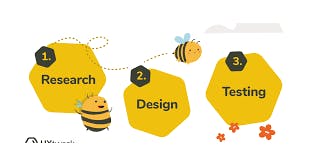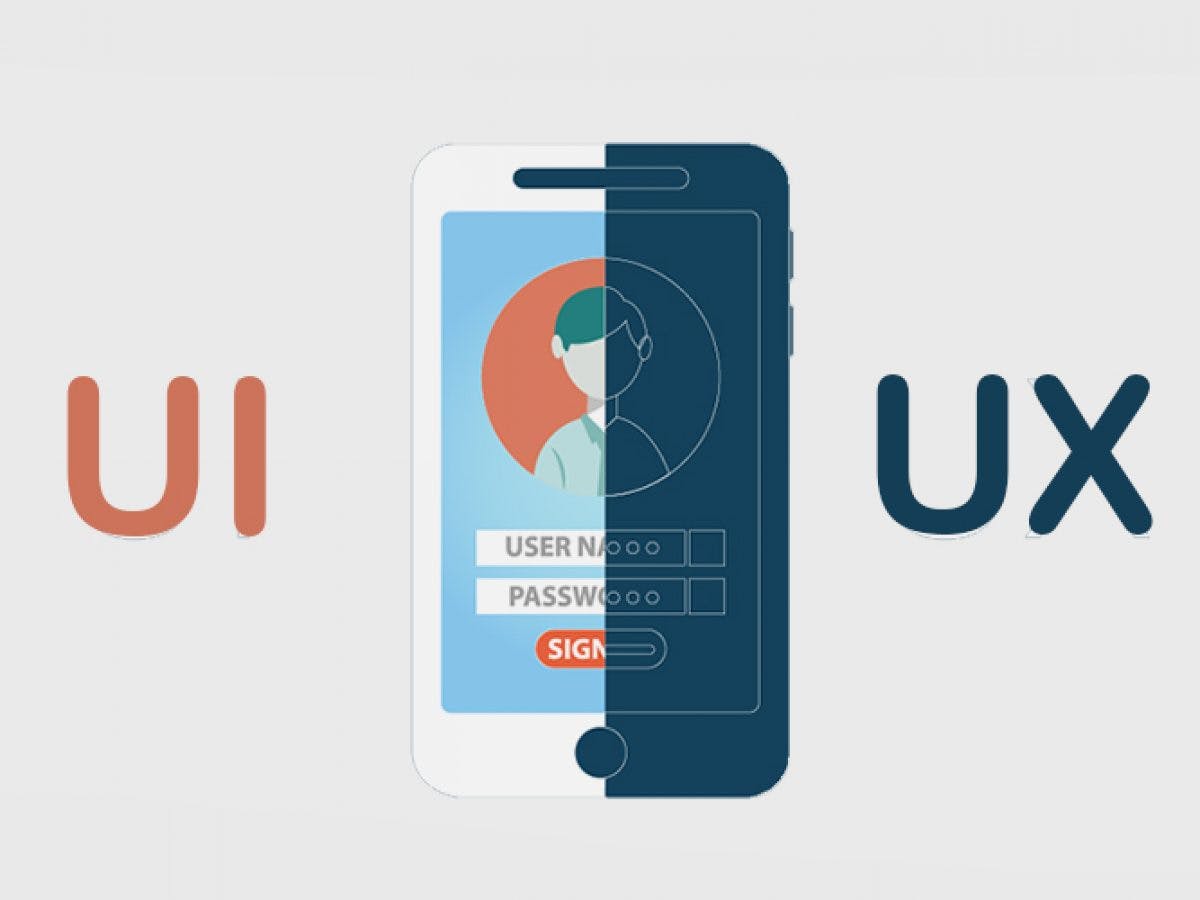Navigating the UX Design Universe
Your Gen Z Guide to creating Digital Magic
"Hello, Earthlings this is your captain speaking feel free to call me Nasa and welcome to the exciting world of UX design! If you're a newbie in tech like me or someone looking to deepen your understanding and dive into this ever-evolving field, you're in the right place. In this beginner's guide, I will break down UX design in a way, from the basics to building a killer portfolio. Let's go!!"
Getting the Hang of UX:
UX, or User Experience, is all about the user's overall interaction with a product or service, anything that can be experienced can be designed from your chair to the door knob.
User Experience Design is about designing specifically for the needs of the user looking at the ease of use, quality and efficiency, Dr. Donald Norman introduced this concept in the '90s, emphasizing the importance of designing based on the needs and goals of the user, you could call him the "Don of UX design".
UX design process

- The UX design process typically includes research, design, testing, and implementation.
Research – helps understand user needs, pain points and improvements.
Design – create the design with the information you acquired using, user personas, wireframes and prototypes.
Testing – User testing is a must, as it helps spot design flaws and enhance user-friendliness. iteration is a process of continuous testing and improvement.
Collaboration Between UX and UI Designers:

- In simple terms User Interface (UI) designers focus on aesthetics and visual design, complementing the work of User experience (UX) designers.
The UX Design Quadrant Model:

Experience Strategy (ExS): They help devise great business strategies incorporating company needs and user needs in one
User Research (UR): They collect and analyze data from users.
Information Architecture (IA): They organize and structure content, labeling info, creating wireframes
Interaction Design (IxD): They create seamless interactions between a product and its users
other worthy mentions are :
UX writers
voice designers
UX developers
UI/UX designers
Essential Soft Skills for UX Designers:
Effective communication,
empathy
organizational skills are vital in cross-functional teams.
Key Hard Skills for UX Designers:
Proficiency in user research, information architecture, and wireframing/prototyping is essential.
Crafting a UX Design Portfolio:

A portfolio is a quick and easy way to show your work and skills, it's an online exhibition of your work as a designer that introduces you as a designer and showcases a selection of projects (usually 2-3) that have been worked on. remember the aim is to demonstrate the process not just the result.
Case studies are critical in demonstrating your problem-solving process and thinking.
Why Do You Need a Portfolio? :
simple portfolios serve as a visual resume, providing evidence of your capabilities to potential employers or clients.
What to Include in Your Portfolio:
a powerful introductory headline
a detailed About section
thorough case studies that detail your process
images and real artifacts
contact information and links to any additional projects
What to Include in Your Case Study:
a well-detailed problem
who you worked with
tools and techniques used
how the problem was approached
the process employed to overcome the problem (user research, persona, wireframing, prototyping, testing and visual design )
final outcome
how to become a UX Designer
Explore self-study
non-mentored online courses
structured programs as avenues to enter the field.
User Experience design is a multifaceted field that demands a combination of soft and hard skills. Building a UX design portfolio with well-structured case studies is crucial for showcasing your abilities to potential employers or clients.

